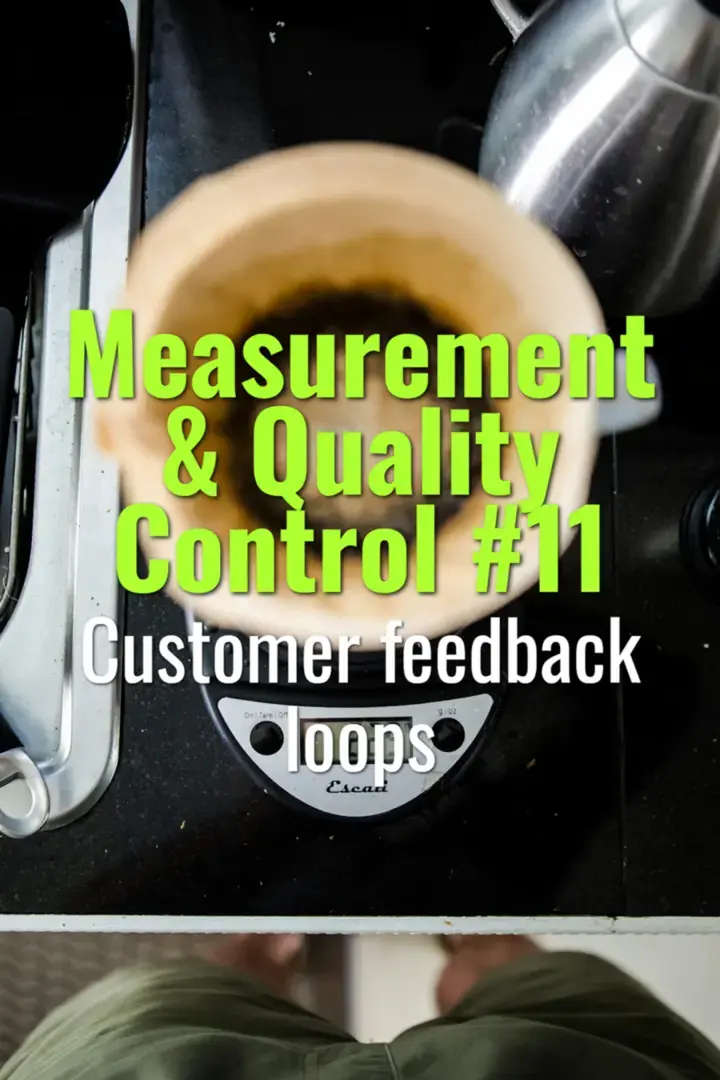Customer feedback loops
How to integrate customer feedback into quality control systems to refine coffee production and service.
- Coffee Basics Nerds
- 1 min read

Customer Feedback Loops
-
Purpose:
-
Capture end-user perceptions of flavor, consistency, and experience.
-
Aligns internal QC metrics with actual customer satisfaction.
-
Collection Methods:
-
In-cafe surveys or comment cards.
-
Online reviews and social media monitoring.
-
Direct feedback via wholesale clients, baristas, or distributors.
-
Analysis:
-
Categorize feedback into sensory (flavor, aroma, mouthfeel), operational (speed, consistency), and service-related.
-
Look for recurring themes or defects customers notice (e.g., bitterness, weak body, inconsistency between cafes).
-
Integration into QC:
-
Compare customer perceptions with cupping and TDS/EY data.
-
Adjust roast profiles, brewing SOPs, or water chemistry to address feedback.
-
Update training if customer feedback points to barista technique issues.
-
Closing the Loop:
-
Communicate changes made based on customer input.
-
Reinforce customer trust by showing responsiveness.
-
Benefits:
-
Ensures QC metrics remain relevant to real-world experience.
-
Builds stronger brand loyalty.
-
Creates a cycle of continuous improvement across production and service.
Summary
Customer feedback loops connect objective QC measures with subjective consumer experience, ensuring that coffee quality is not only measurable but also meaningful to those drinking it.